June 7 to June 13
If a typhoon was coming in 1898, you’d likely be notified by your friendly neighborhood chief banging on a gong and yelling outside your window. Today, people check their watches and smart gadgets for upcoming storms. But most people who grew up in Taiwan should remember watching longtime weathercasting legend Jen Li-yu (任立渝) in times of severe weather, his low-key calmness a contrast to the howling winds outside.
The 76-year-old Jen made his final weather forecast for TVBS news last Monday, quietly drawing the curtain to a long career.
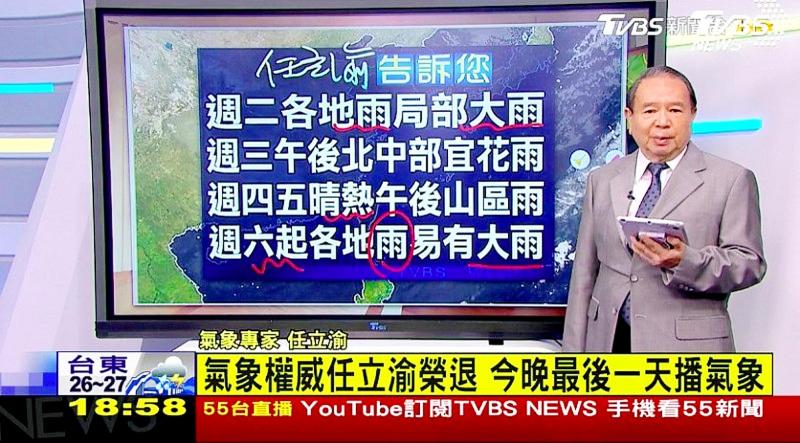
Photo: Taipei Times screen shot
“Nobody’s paying attention to the weather right now during this outbreak. I’ll take this chance to exit quietly,” he told the media.
Jen, who headed the weather forecasting center at the Central Weather Bureau, made history in 1993 as the nation’s first professional meteorologist to present the weather on the news when he appeared on Taiwan Television (TTV).
“Jen won over audiences with his professional image, and a bidding war broke out among the news channels for other former weather bureau experts,” The Journalist (新新聞) magazine reported in 2005.
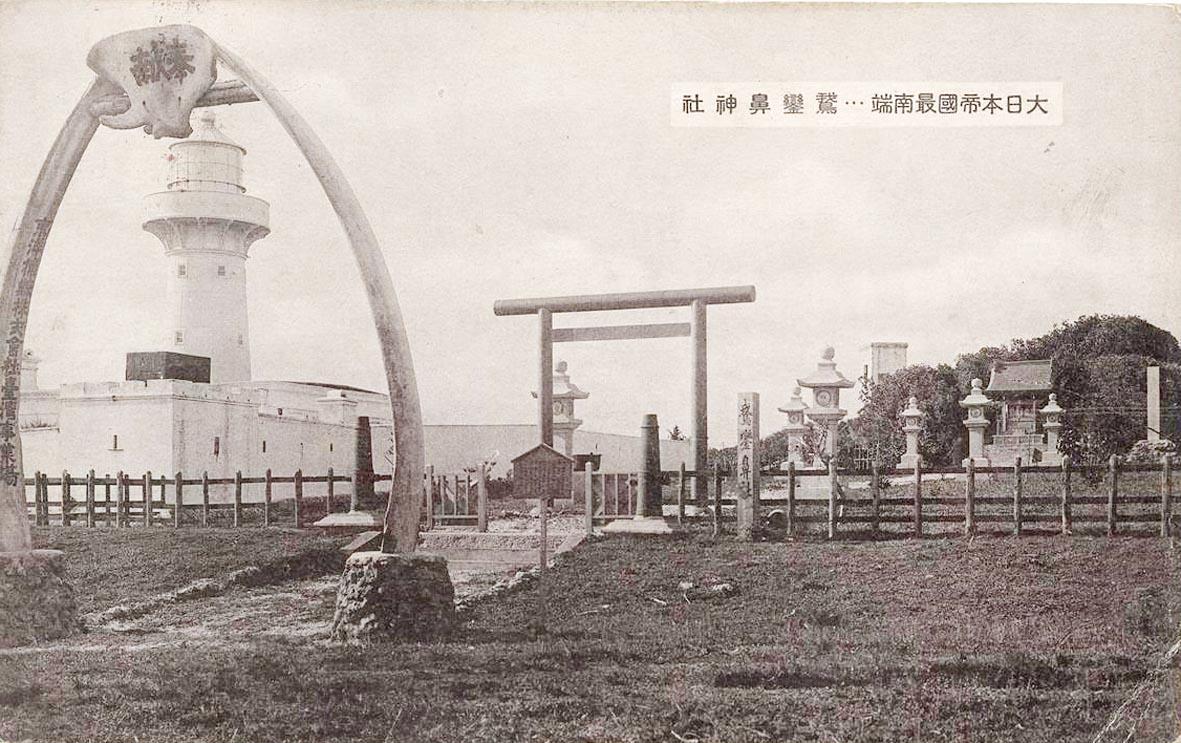
Photo courtesy of Lafayette Digital Repository
EARLY METEOROLOGY
According to a Hsinchu City Archives Quarterly article, modern weather observation began in Taiwan near the end of the Qing Dynasty. With British guidance, the Qing began building custom houses and lighthouses with basic meteorological technology along its coast. The two it constructed in Taiwan in 1885 (one in Penghu and one in Pingtung’s Eluanbi) functioned for at least a decade.
When the Japanese took over in 1895, they immediately launched weather stations in Taipei, Taichung, Tainan and Hengchun, adding Taitung station five years later. All the data was sent to Taipei to be analyzed, and the forecast was published in the newspaper. As Taiwan occupied a strategic position in the crossroads of East and Southeast Asia, this information was also sent to the British in Hong Kong.
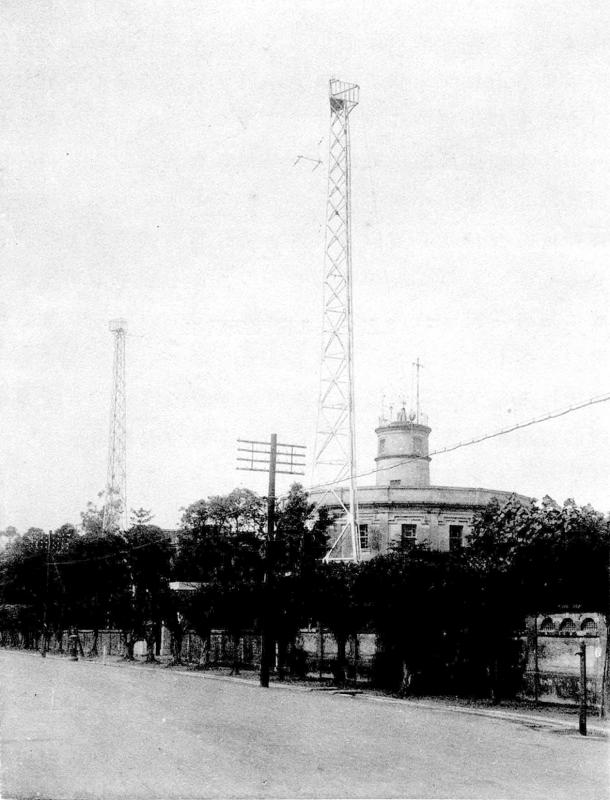
Photo courtesy of Wikimedia Commons
The station mapped out its first typhoon in 1897, which ravaged Taipei for over a day. The Tamsui and Keelung rivers flooded, killing over 500 people and destroying more than 17,000 houses. The government realized that just announcing the typhoons was not enough to prevent another disaster, and asked borough and neighborhood wardens to step in and help organize communities so as to mitigate future disasters.
In the next decade, the Japanese built 78 support stations with basic equipment across the nation, completing the nation’s initial meteorological network. More stations were added over the decades, with at least 14 built during World War II for strategic purposes.
The Imperial Japanese Army needed people to operate these new stations, and began training the first crop of Taiwanese meteorologists. One of them, Chiu Ming-teh (邱明德), says in a Formosa TV (民視) history program that training lasted an entire year with little rest as they learned fundamentals like calculus, chemistry and morse code.
Since meteorological data was classified during the war, stations stopped sending out warnings to the villages. In 1942, a devastating typhoon struck the coast of Yilan killing more than 300 people, who had made no preparations, destroying over 11,000 houses. Chiu recalls seeing the damage — trains were tipped over and the train station was obliterated.
The government immediately resumed typhoon warnings to avoid another disaster.
TELLING WEATHER
The Chinese Nationalist Party’s (KMT) meteorology research staff did not follow them to Taiwan in 1949, and the military took over these climate stations. The soldiers were not trained in meteorology and weren’t always accurate — a typhoon alert that was prematurely lifted in 1959 exacerbated one of the worst floods in the nation’s history.
The disaster spurred the government to start training meteorologists, adding the subject as a major in universities.
It was hard to keep up with changes in the weather because each forecast chart was hand-drawn and took up to three hours to complete. In 1963, Taiwan set up its first weather radar stations in Hualien and Kaohsiung with UN funding. They soon could receive satellite charts, which were faxed to the stations and had to be pasted together on a wall.
After a series of deadly storms and floods, the government launched a 10-year program in the late 1970s to revamp the nation’s weather observation capabilities. The 1983 TAIMEX project between Taiwan and the US involving nearly 1,000 officials, meteorologists, academics, students and military personnel from both sides greatly modernized the system. In 1987, the Taiwanese government splurged on a computer, which made Taiwan the first country in the region to digitize weather observation and prediction.
Jen, who was born in 1945, graduated from Chinese Culture University (文化大學) with a degree in atmospheric science. There was no such thing as a weather forecaster back then: the newscaster read data received from the Central Weather Bureau. Jen was used to being on camera though, as he often answered media questions.
The demand for more in-depth weather analysis grew over the years, and in 1993, TTV hired Jen, who had just retired from his post at the bureau. Due to his enormous success, all other channels followed suit, and television history was made. Jen would later work for the other two “big three” channels, China Television (CTV, 中視) and Chinese TV System (CTS, 華視). He finished his career at TVBS.
Jen was known for his reserved demeanor, personable tone and insightful analysis. A TVBS coworker said in a farewell video how Jen hid from the station the fact that he’d had knee replacement surgery and tried to come to work the next day — only to be stopped by his doctor.
Jen was highly regarded even in recent years. A 2017 poll in the paper “TV Weathercasting in Taiwan — a case study on the life cycle of a typhoon” (台灣電視氣象播報研究:一個颱風的生死為例) showed that during times of extreme weather, 42.1 percent of respondents trusted Jen.
After saying his parting words In his farewell video, Jen looks toward the camera and says in his trademark tone: “That’s the weather for today. Thank you, good bye!”
Taiwan in Time, a column about Taiwan’s history that is published every Sunday, spotlights important or interesting events around the nation that either have anniversaries this week or are tied to current events.
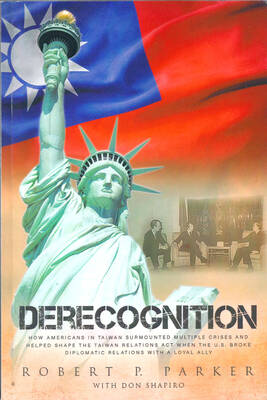
One of the biggest sore spots in Taiwan’s historical friendship with the US came in 1979 when US president Jimmy Carter broke off formal diplomatic relations with Taiwan’s Republic of China (ROC) government so that the US could establish relations with the People’s Republic of China (PRC). Taiwan’s derecognition came purely at China’s insistence, and the US took the deal. Retired American diplomat John Tkacik, who for almost decade surrounding that schism, from 1974 to 1982, worked in embassies in Taipei and Beijing and at the Taiwan Desk in Washington DC, recently argued in the Taipei Times that “President Carter’s derecognition
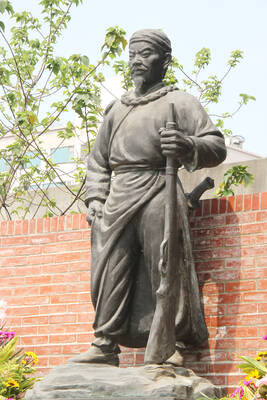
JUNE 30 to JULY 6 After being routed by the Japanese in the bloody battle of Baguashan (八卦山), Hsu Hsiang (徐驤) and a handful of surviving Hakka fighters sped toward Tainan. There, he would meet with Liu Yung-fu (劉永福), leader of the Black Flag Army who had assumed control of the resisting Republic of Formosa after its president and vice-president fled to China. Hsu, who had been fighting non-stop for over two months from Taoyuan to Changhua, was reportedly injured and exhausted. As the story goes, Liu advised that Hsu take shelter in China to recover and regroup, but Hsu steadfastly

You can tell a lot about a generation from the contents of their cool box: nowadays the barbecue ice bucket is likely to be filled with hard seltzers, non-alcoholic beers and fluorescent BuzzBallz — a particular favorite among Gen Z. Two decades ago, it was WKD, Bacardi Breezers and the odd Smirnoff Ice bobbing in a puddle of melted ice. And while nostalgia may have brought back some alcopops, the new wave of ready-to-drink (RTD) options look and taste noticeably different. It is not just the drinks that have changed, but drinking habits too, driven in part by more health-conscious consumers and
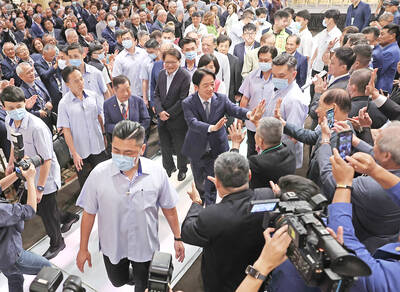
On Sunday, President William Lai (賴清德) delivered a strategically brilliant speech. It was the first of his “Ten Lectures on National Unity,” (團結國家十講) focusing on the topic of “nation.” Though it has been eclipsed — much to the relief of the opposing Chinese Nationalist Party (KMT) and Taiwan People’s Party (TPP) — by an ill-advised statement in the second speech of the series, the days following Lai’s first speech were illuminating on many fronts, both domestic and internationally, in highlighting the multi-layered success of Lai’s strategic move. “OF COURSE TAIWAN IS A COUNTRY” Never before has a Taiwanese president devoted an entire speech to